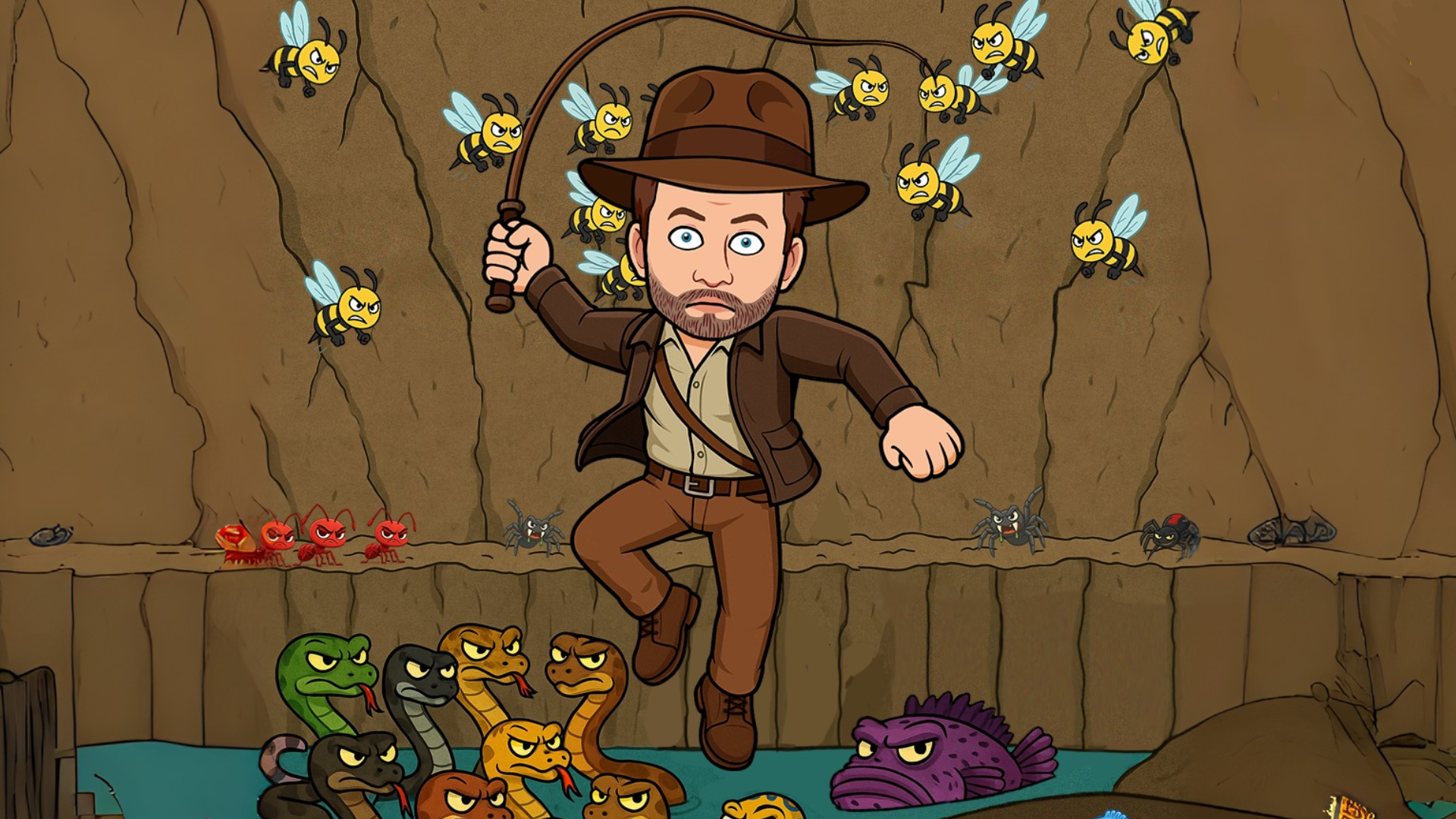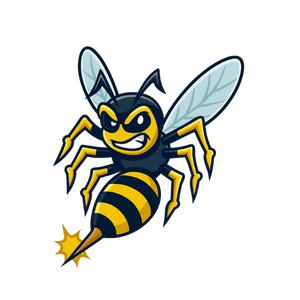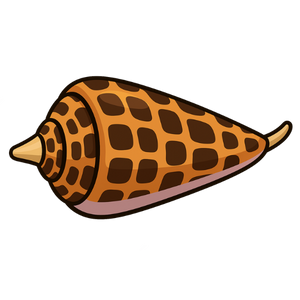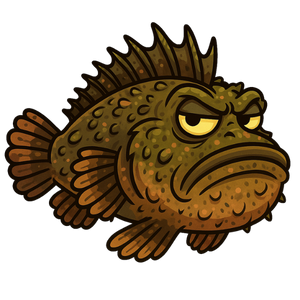Australian bites and stings first aid guide: from snake bites to jellyfish stings
Australia's reputation for dangerous wildlife isn't exactly exaggerated. With some of the world's most venomous snakes, spiders, jellyfish and stinging insects calling Australia home, knowing how to handle bites and stings isn't just useful, it could literally save a life.
But here's the thing: deaths from envenomation in Australia are actually rare, with only 19 recorded between 2017-2018. The key is knowing what you're dealing with and responding appropriately. Some bites need immediate emergency action, while others just need a cold pack and a bit of patience.
Whether you're a parent wanting to protect your kids, an outdoor enthusiast or someone who just wants to be prepared for life in Australia, this guide will give you the confidence to handle whatever our unique wildlife throws at you.
Snake bites: Australia's most serious threat
Australia is home to some of the world's most venomous snakes, including the Inland Taipan, Eastern Brown Snake, and Tiger Snake. The good news? Snake bites aren’t common and deaths are rare.
Common Australian venomous snakes
Eastern Brown Snake:
Found across eastern Australia
Highly aggressive when threatened
Tiger Snake:
Found in southern Australia, particularly around water sources
Distinctive banded pattern
Red-Bellied Black Snake:
Found along Australia's eastern coast
Less dangerous than others but still venomous
Death Adder:
Found across most of Australia
Short, thick body with distinctive triangular head
Taipan:
Mostly found in Queensland and Northern Territory.
Includes the Inland Taipan (world's most venomous) and Coastal Taipan
Signs and symptoms of a snake bite
Signs and symptoms:
Paired fang marks (though often only one mark or scratch visible)
Headache
Nausea and vomiting
Abdominal pain
Blurred or double vision
Drooping eyelids
Difficulty speaking or swallowing
Swollen, tender glands in the groin or armpit of the bitten limb
Limb weakness or paralysis
Respiratory weakness or respiratory arrest
Snake bite first aid - Pressure Immobilisation Technique (PIT)
The PIT is also recommended as first aid management for bites and stings for:
All Australian snake bites
Funnel-web spider bites
Blue-ringed octopus
Cone shell stings
Keep calm and call 000
Send for ambulance immediately
Keep the person still and reassured
Note the time of bite
If sting or bite is on a limb:
Apply Pressure Immobilisation
Apply a broad pressure bandage over the bite site as soon as possible
Elasticised bandages are preferred over crepe bandages
If bandages aren’t available, clothing or other material can be used
Bandage should be firm and tight so you are unable to easily slide a finger between the bandage and the skin
Apply another pressure bandage
Commence at the fingers or toes of the bitten limb and extend upward, covering as much of the limb as possible
This is to further restrict the lymphatic flow and assist immobilisation
Immobilise completely
Splint the limb including joints either side of the bite to restrict limb movement
If the sting or bite is on the upper limb, use a sling
Ensure the casualty and the limb are still
Monitor and reassure
Resuscitation, if needed, takes precedence over the PIT
NEVER:
Wash the bite area
Cut or suck the wound
Apply a tourniquet
Spider bites: Knowing what's dangerous
Australia has two spiders that can kill: the Funnel-Web and the Redback. Since anti-venoms were developed, deaths are extremely rare with only one confirmed spider bite death in the last 40 years.
Funnel-Web spider bites
About Funnel-Webs:
Large (up to 5cm), dark, robust spiders
Found mainly in NSW, with some in surrounding states
Males wander at night (when most encounters occur)
Extremely dangerous - effects can occur within 10 minutes
Signs and symptoms of a funnel-web spider bite
Pain at bite site
Tingling around the mouth
Excessive sweating
Abdominal pain
Muscular twitching
Breathing difficulty
Confusion leading to unconsciousness
First Aid for Funnel-Web bites:
If the casualty is unresponsive and not breathing, start CPR
Call 000 immediately
Apply pressure bandaging using the Pressure Immobilisation Technique
Redback spider bites
About Redbacks:
Small spiders with distinctive red marking on abdomen
Found throughout Australia
Less immediately dangerous than funnel-webs
Signs and symptoms of a redback spider bite:
Immediate pain at bite site that becomes hot, red and swollen
Intense local pain which increases and spread
Nausea, vomiting and abdominal pain
Excessive sweating especially at the bite site
Swollen, tender glands in the groin or armpit of the envenomated limb
First Aid management for Redback bites:
Constantly monitor the casualty
Apply and ice or cold compress for periods of no longer than 20 minutes
Seek medical assistance if:
Child or elderly person
Severe pain
They collapse
White-tailed spider bite first aid management
An ice pack can be used to relieve the pain
All other Australian spider bite first aid management
Should be treated symptomatically
Apply ice or cold compress to lessen the pain
Bee, wasp, and ant stings: When things get serious
In Australia, bee, wasp, and ant stings are the most common cause of anaphylaxis from animal venoms. About 3 people die each year from insect sting allergies.
Bee stings
Minor:
Immediate and intense local pain
Local redness and swelling
Major:
Severe allergic reactions or anaphylaxis may occur
Abdominal pain
Vomiting
First aid management for bee stings:
Remove the sting without compressing the venom sac as quickly as possible
Apply a cold compress to help reduce pain and swelling
Monitor for signs of severe allergic reactions
Wasp stings
Minor:
Immediate and intense local pain
Local redness and swelling
Major:
Severe allergic reactions or anaphylaxis may occur
Abdominal pain
Vomiting
First aid management for wasp stings:
Apply a cold compress to help reduce pain and swelling
Monitor for signs of severe allergic reactions
Ant stings
About Dangerous Ants:
Jack Jumper Ants (Tasmania, SA, VIC, parts of NSW) are the most dangerous
Bull Ants are large, aggressive and give painful stings
Green-head Ants have a distinctive odour and give painful stings
Signs and symptoms of ant stings:
Minor:
Immediate and intense local pain
Local redness and swelling
Major:
Severe allergic reactions or anaphylaxis may occur
Abdominal pain
Vomiting
First aid management for ant stings:
Apply a cold compress to help reduce pain and swelling
Monitor for signs of severe allergic reactions
Recognising anaphylaxis (severe allergic reaction)
Early signs of anaphylaxis:
Widespread hives or rash
Swelling of face, lips, tongue
Difficulty breathing or wheezing
Nausea, vomiting, diarrhoea
Feeling of "impending doom"
Severe signs of anaphylaxis:
Airway swelling
Severe breathing difficulty
Rapid, weak pulse
Dizziness or collapse
Loss of consciousness
Anaphylaxis First Aid:
Call 000 immediately
Use adrenaline auto-injector (EpiPen) if available
Lay person down with legs elevated
Be ready to perform CPR
Give second EpiPen after 5 minutes if no improvement
Tick bites: A growing concern
Australia has unique challenges with tick bites, particularly the Australian Paralysis Tick (Ixodes holocyclus). Tick allergies and mammalian meat allergies are becoming increasingly common.
Signs and symptoms of tick bite
Minor:
Immediate and intense local pain
Local redness and swelling
Major:
Severe allergic reactions or anaphylaxis may occur
Abdominal pain
Vomiting
Tick bite first aid management
In susceptible people, a tick bite may cause a severe allergic reaction or anaphylaxis which can be life-threatening so the first aid management of all tick bites requires caution.
For small ticks:
Use permethrin cream
For adult ticks:
Freeze with ether-containing spray
Refer to health professional for treatment
Avoid freezing or using permethrin cream for ticks that are close to the eyes, genitals or in the ear canal
In remote areas or where freezing isn’t possible":
Consult a health care professional
If not possible, assess whether there is a history of anaphylaxis to tick bites
If there is, the casualty should have an EpiPen
Use EpiPen in accordance to the first aid management of anaphylaxis
If no known anaphylaxis to tick bites, and you’re attempting to remove the tick
Don't squeeze tick body
Use the most fine tipped forceps or household tweezers available to grasp the tick as close to skin as possible
Jellyfish stings: tropical dangers
Australia's tropical waters contain some of the world's most dangerous jellyfish. The approach differs between tropical and non-tropical areas.
Box Jellyfish (Chironex fleckeri)
About Box Jellyfish:
Has large, box-like bell with multiple tentacles
Signs and symptoms of box jellyfish sting:
Severe immediate pain
Whip-like marks on the skin
Can cause respiratory and cardiac arrest within a few minutes
Irukandji Jellyfish
About Irukandji:
Have 4 tentacles and too small to be seen
Signs and symptoms of irukandji jellyfish sting:
Minor sting with no tentacles visible
Followed in 20 - 30 minutes typically by:
Severe generalised pain
Nausea and vomiting
Difficulty breathing
Feeling of "impending doom"
Signs and symptoms of severe stings
Difficulty breathing or breathing stops
Cardiac arrest
Severe pain
Restlessness and irrational behaviour
Nausea and vomiting
Jellyfish sting first aid
There is no one nationwide recommendation for first aid management for jellyfish stings because of differences between jellyfish species around Australia. Therefore management recommendations are based on the risk of serious stings in the known area of the dangerous species.
For tropical Australia
The risk that the casualty has been stung by a potentially lethal jellyfish is high so the priority is to preserve life. If the species can’t be identified as harmless or it’s a Bluebottle sting, use vinegar on the sting.
Get out of water immediately
Call 000 if have multiple stings or look or feel unwell
Assess and start CPR if necessary
Spray the stung area with vinegar for 30 seconds
Pick off remaining tentacles
If vinegar is not available:
Pick off any tentacles and rinse the sting with seawater
Apply a cold pack
Do not apply fresh water directly onto the sting
For non-tropical Australia:
With a huge number of non-life-threatening stings occuring, the priority is to relieve the pain using heat or cold.
Get the casualty to rest
Reassure casualty and monitor constantly
Pick off any tentacles
Rinse sting area with seawater
Immerse in hot water for 20 minutes - not hotter than what an be tolerated
If pain not relieved or hot water unavailable, use a cold pack
If pain persists or is generalised, if the sting area is large like half of a limb or more or involves sensitive areas like the eye, call 000
Blue-Ringed octopus and cone shells stings
These creatures deliver potentially fatal bites with no effective antivenom.
Blue-Ringed octopus
About Blue-Ringed Octopus:
Small but extremely dangerous
Found in rock pools and shallow waters
Painless bite but potentially fatal
Beautiful blue rings appear when threatened
Signs and symptoms of blue-ringed octopus sting:
A painless bite; a spot of blood visible
Numbness of lips and tongue
Difficulty breathing or stops breathing
First aid management for blue-ringed octopus sting:
Call 000 immediately
Get the casualty to rest, assure them and constantly monitor
Apply Pressure Immobilisation Technique, if possible
Get to hospital urgently, preferably by ambulance
If the casualty is unresponsive and not breathing, start CPR
Cone Shells
About Cone Shells:
Beautiful shells that "harpoon" when handled
Found in tropical waters
No effective antivenom
Signs and symptoms of cone shell stings:
A painless bite; a spot of blood visible
Numbness of lips and tongue
Difficulty breathing or stops breathing
First aid management for cone shell stings:
Call 000 immediately
Get the casualty to rest, assure them and constantly monitor
Apply Pressure Immobilisation Technique, if possible
Get to hospital urgently, preferably by ambulance
If the casualty is unresponsive and not breathing, start CPR
Fish Stings
Signs and symptoms of fish stings:
Intense pain, leading to irrational behaviour
Swelling
Bleeding
Sometimes a local grey/blue discolouration
First aid management for fish stings:
Call 000
Assess for bleeding and treat, if the sting is on the chest, abdomen area
DO NOT remove any embedded objects like a barb from a stingray sting
Place padding around or above and below the object and apply pressure over the pads
If stung on a limb, place it in hot water
No hotter than the first aider can tolerate
Get the victim to a medical facility
If the casualty is unresponsive and not breathing normally, start CPR
DO NOT use the Pressure Immobilisation Technique
Prevention: Your best defence
Snake bite prevention
Wear closed shoes in snake areas
Keep grass well cut
Keep buildings free of mice, rats and frogs
Spider bite prevention
Wear shoes and gloves when gardening
Shake out shoes left outside
Take care when removing old stumps
Insect sting prevention
Cover exposed skin as much as possible
Wear light-coloured clothing that covers arms and legs
Avoid disturbing insect nests
Marine sting prevention
Swim at patrolled beaches
Consider wearing full body lycra suit
Swim, surf, snorkel or dive with a buddy
When professional help arrives
Information to provide:
Type of creature (if known)
Time of bite/sting
Location of bite
Symptoms observed
First aid provided
Person's medical history
Ready to learn lifesaving skills?
Reading about first aid is great, but hands-on training is what builds real confidence. Our first aid courses cover everything in this guide and more.
We make first aid training engaging, memorable, and practical because when seconds count, you need to know exactly what to do without hesitation.
According to the Australian Institute of Health and Welfare, over 3,500 Australians were hospitalised due to contact with venomous animals or plants in 2017–18. More than 26% of these hospitalisations were caused by bee stings, with almost 19% caused by spider bites.
Learn the skills that could save a life. Contact us or request a quote and book in your first aid course.
Recommended first aid training
There are two first aid training recommended to ensure you are learning about anaphylaxis and envenomation and covering all you need to know about first aid management of bites and stings.
HLTAID011 Provide First Aid (includes anaphylaxis and envenomation): blended or face-to-face
HLTAID012 Provide First Aid in an Education and Care Setting (includes anaphylaxis and envenomation): blended or face-to-face
Anaphylaxis training (EpiPen use)
The information provided in this blog offers general insights only. It is important to note that this content is not intended to serve as medical advice and if you are experiencing a medical emergency, please call 000 immediately.
References
This guide follows current Australian Resuscitation Council (ANZCOR) guidelines and incorporates the latest recommendations from ASCIA (Australasian Society of Clinical Immunology and Allergy). Information is for educational purposes only. Always seek professional medical attention for serious bites and stings.
Australian Institute of Health and Welfare (2024). Injury in Australia. AIHW
Health Direct Australia (2025). Snake bites - first aid, treatment and symptoms. Accessed January 2025.
Better Health Channel Victoria (2024). Bites and stings – first aid
Allergy & Anaphylaxis Australia (2024). Insect allergy information and statistics
ASCIA (2024). Allergic reactions to bites and stings - bee, wasp and ant allergy information
Tick Induced Allergies Research & Awareness (TIARA)
Guideline 9.4.2 - First Aid Management of Spider Bite, The Australian Resuscitation Council
Guideline 9.4.3 – Envenomation from Tick Bites and Bee, Wasp and Ant Stings
Guideline 9.4.5 - Envenomation - Jellyfish Stings, The Australian Resuscitation Council
Guideline 9.4.7 - Envenomation - Fish Stings, The Australian Resuscitation Council




























